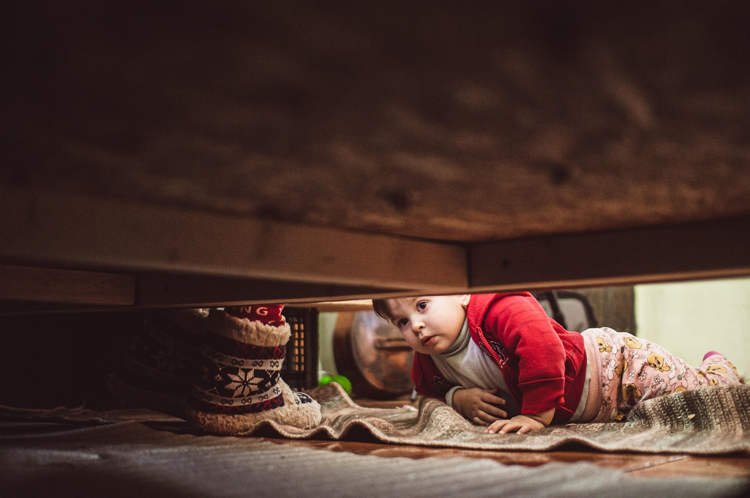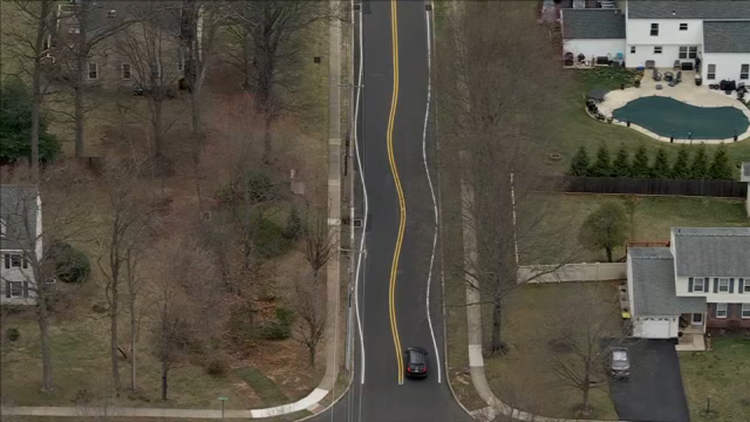DDB Moscow, a creative ad studio from Russia, recently created a campaign for Dutch electronics maker Philips, in which it used the company’s new clothes iron and steamer to recreate a series of famous paintings. Didn’t think it was possible to paint with an iron? Think again!
The latest commercial for the Philips Azur GC4870 iron and the Philips ProTouch Steamer shows an artist making a series of folds with his hands and then using the new iron to fix them into place. As the video goes into fast forward, the simple piece of white cloth turns into a canvas for an original recreation of Johannes Vermeer’s “Girl with a Pearl Earring”. Then, once the masterpiece is complete, the artist uses the powerful steamer to clear all the folds and prepare the canvas for other famous Dutch masterpieces by artists like Vincent Van Gogh and Rembrandt van Rijn. The whole commercial is just over a minute long, but I can only imagine how much time was really needed to painstakingly create every fold by hand, to make such detailed replicas. No wonder this Russian Philips ad was one of the most applauded at the Cannes Lions International Festival of Creativity, the most important competition in the world of advertising.





















